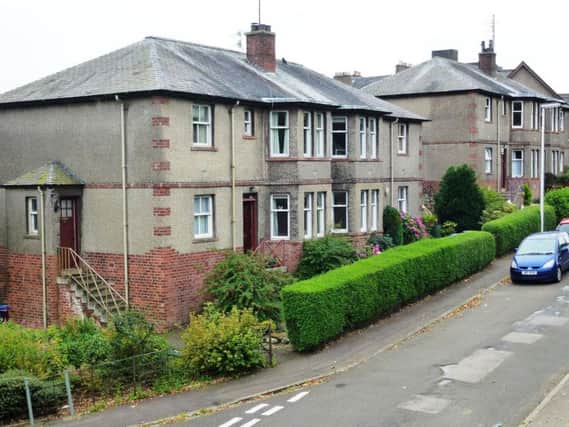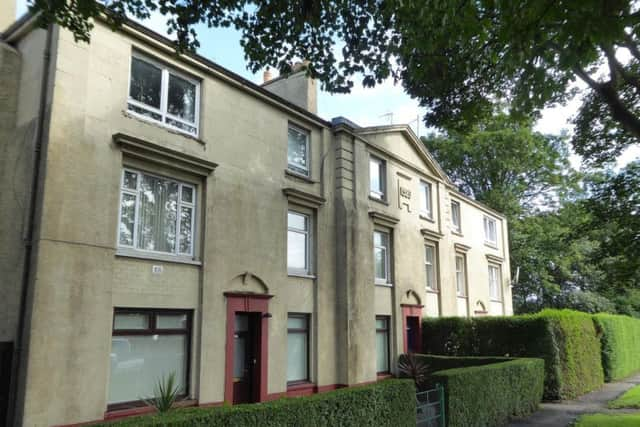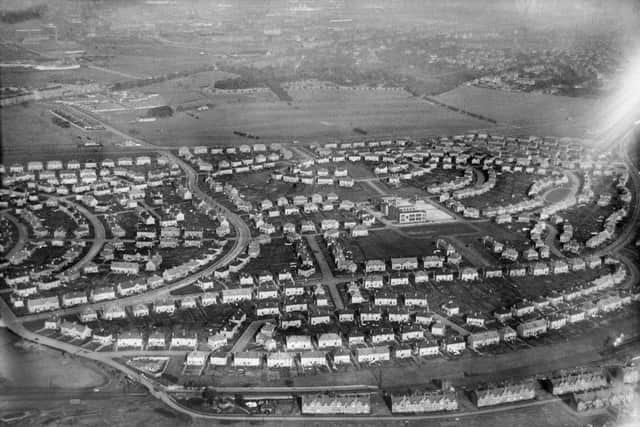Marking 100 years of Scotland's council houses


The breakthrough policy was hailed as providing "Homes fit for Heroes" as the last battles of World War One were fought.
But the 1919 Housing and Town Planning (or Addison) Act went far beyond wartime rhetoric in its desire to address issues as diverse as poor health, the failure of the private housing market and political unrest.
Advertisement
Hide AdAdvertisement
Hide AdThe Act, for the first time, compelled councils to assess their local housing needs and provide homes for the working classes.


However, aware of high post-war building costs, the State provided the lion’s share of funding and capped a council’s financial liability at a low level.
Scotland’s separate Act hoped to address the problems highlighted in a Scottish Royal Commission Report of 1917. It found that a lack of decent homes had led to overcrowding. Almost 50% of Scottish families lived in one or two-room flats. The Act pushed for the objective to be ‘a healthy family in a healthy home’.
By the time the Act passed many schemes were well advanced. A new Scottish Board of Health sanctioned all council proposals.


Housing designs and layouts were heavily influenced by the Tudor Walters Report (1918), and wartime developments at Rosyth and Gretna.